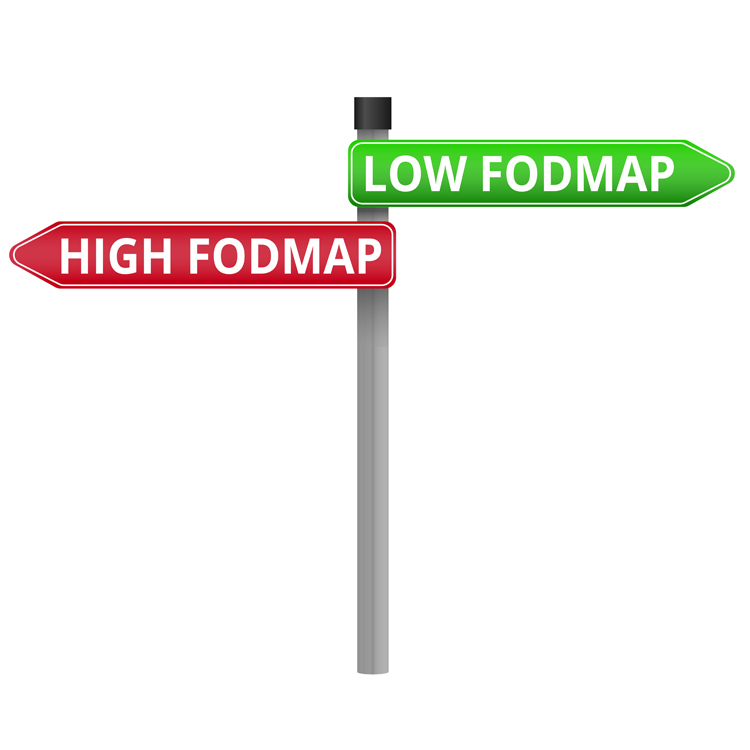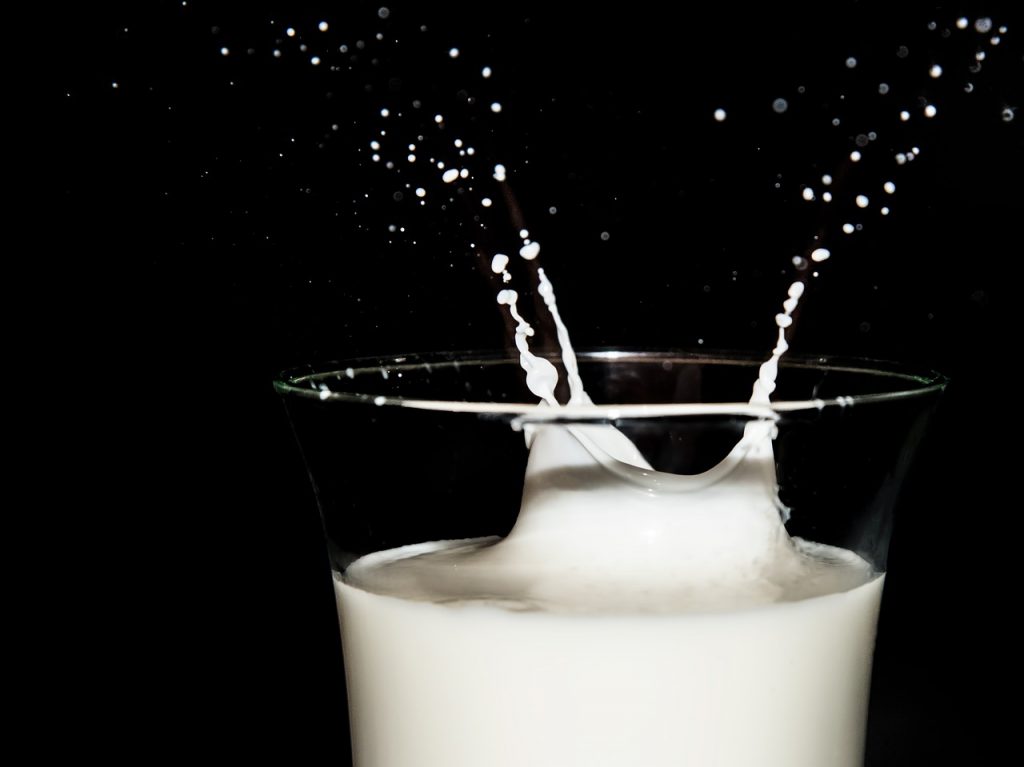How do FODMAP foods cause symptoms?
Is there a FODMAP test?
F = Fermentable
O = Oligosaccharides
D = Disaccharides
M = Monosaccharides
And
P = Polyols
*GastroLife is a testing centre, information provided in this post is not intended to replace any advice given by your Dietitian. It is advisable to consult with your GP or Dietitian before undertaking a Low FODMAP diet.

FODMAPS are a group of carbohydrates (sugars) that may be partially or incompletely absorbed in the small intestine. FODMAP sugars can be found both naturally in food or added to foods during manufacturing.
Foods can be classified as high FODMAP and LOW FODMAP. High FODMAP foods increase the level of gas and water in the intestine. Foods that are considered to have a higher FODMAP content, can draw water into the intestine at a greater rate. When these FODMAP sugars enter the colon, bacteria that reside there will Ferment these sugars. As a result, gasses and other products are produced which can contribute to gastrointestinal symptoms and discomfort.
Oligosaccharides such as Fructans (example onions, garlic, inulin, wheat) and GOS (examples chickpeas, lentils), are capable of providing benefits to intestinal bacteria and have prebiotic effects. However, in those with a hypersensitive gut, they may cause gastrointestinal symptoms. Fructans consist of chains of fructose with a glucose unit attached. Fructans need to be metabolised down to single sugar units by an enzyme for absorption. The issue is, there are no naturally occurring fructan enzymes, so the fructans travel to the large intestine and are fermented by colonic bacteria. As before, the bacteria in the colon produce gases and other products of metabolism that can cause gastrointestinal discomfort in some people, particularly those with IBS. The same mechanism applies for GOS which consists of chains of galactose sugar units with a glucose unit attached. There are no enzymes produced by the body to break down GOS and like fructans, GOS will travel to the large bowel where it is fermented by colonic bacteria.

Disaccharides consist of two sugar units called monosaccharides that are joined together. A disaccharide you might be familiar with is Lactose. For lactose to be broken down and absorbed in the small intestine, an enzyme called lactase is required. Lactose is commonly found in dairy products; however, it is also used in manufacturing and pharmaceutical production as an ingredient in certain foods and medications.

A single sugar unit is referred to as a Monosaccharide, an example of a monosaccharide is fructose. This sugar is absorbed in the small intestine with the help fructose transport carriers. Most people can absorb small amounts of fructose, larger quantities or doses can lead to a malabsorption or gastrointestinal symptoms. The fructose that is not absorbed travels to the colon and is broken down by bacteria in your colon causing excessive gas production and possible diarrhoea due to the increase in water getting pulled into the intestines. Fructose can be found naturally in food such as fruit, or added as a sweetener to manufactured foods.
Polyols or alcohol sugars (even though they are not alcohol nor sugars) are also referred to as sweeteners, or as a sugar-free replacement. They have fewer calories than sugar but with a similar taste and texture. They do have some benefits such as avoiding any sudden increases in blood glucose levels, this is becuase the absorbable portion requires little insulin. Examples include sorbitol and Mannitol. Polyols are only partially digested and travel to the large intestine where they are broken down by colonic bacteria. In some people, excessive consumption may cause gastrointestinal symptoms such as gas and diarrhoea.
FODMAP SUGAR TEST

Lactose Malabsorption and Fructose malabsorption can be tested with a hydrogen and methane breath test. Sometimes the word ‘malabsorption’ or ‘intolerance’ is used to describe the above. The terms are often used interchangeably, but generally intolerance refers to the symptoms that occur because of a malabsorption. Lactose intolerance and Fructose intolerance or malabsorption test, is a simple and non-invasive investigation where you collect breath samples over a period of 3 hours after ingesting a test solution of either lactose or fructose. If you are unable to absorb the test dose of fructose, or if you are deficient in lactase enzyme (or have enzymes that do not work well), this will be detected on your breath samples. We also perform Sorbitol (Polyols) malabsorption testing.
How can a breath test measure FODMAP intolerance
Testing for lactose and fructose malabsorption, as well as sorbitol intolerance/malabsorption can be performed in the clinic or at home using a home testing kit. For more information see our ‘How it works’ video.









